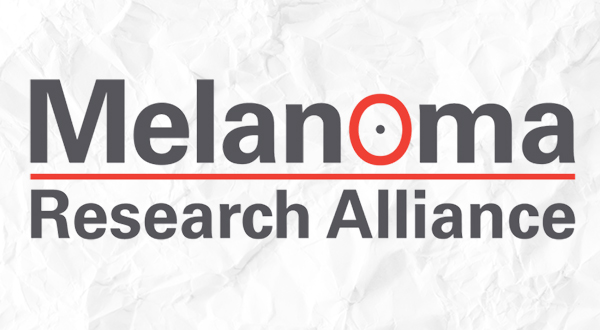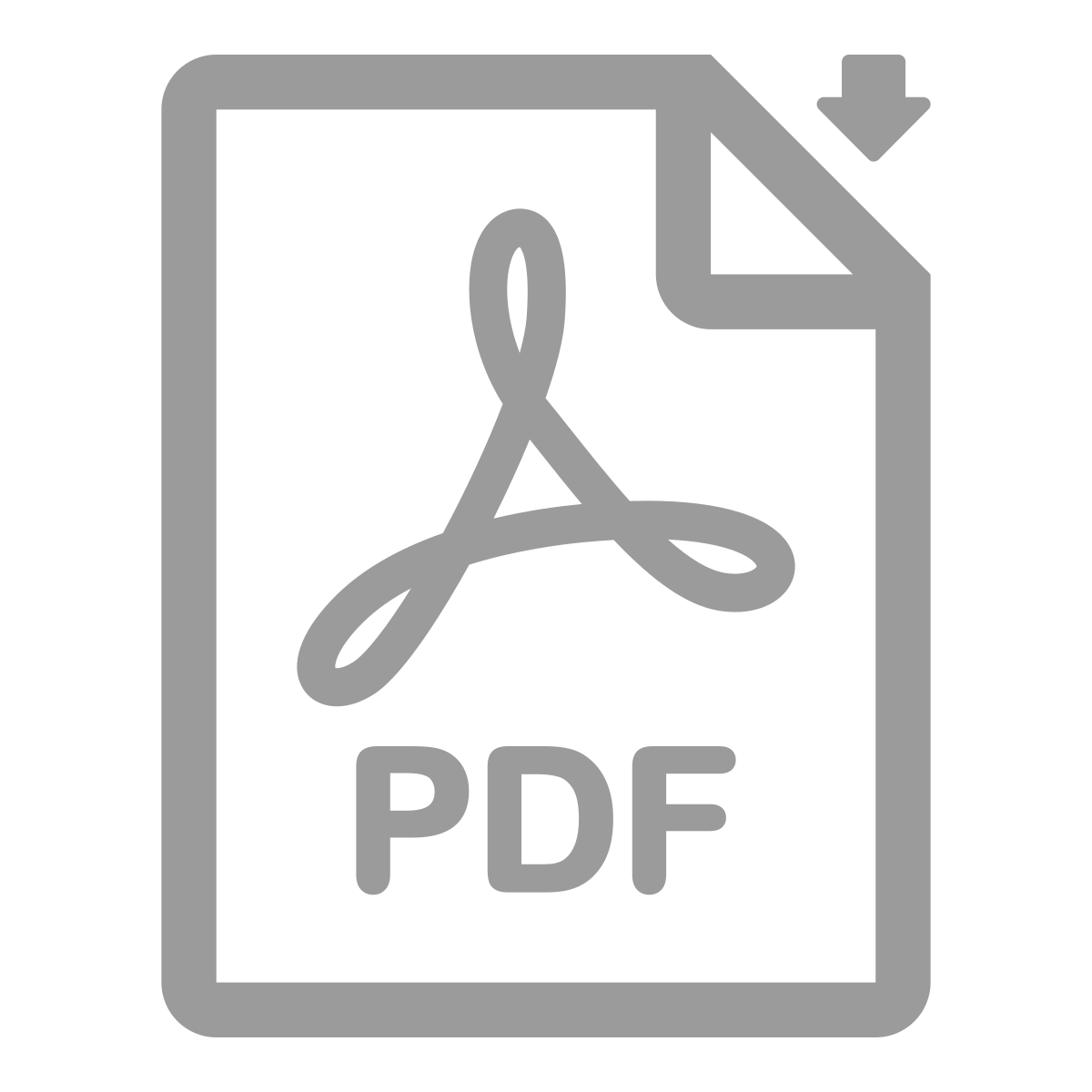Kelly Kersten, PhD, an Assistant Professor in the Cancer Metabolism and Microenvironment Program at Sanford Burnham Prebys Medical Discovery Institute in La Jolla, CA, has received the Paul Walks – Melanoma Research Alliance’s (MRA) Young Investigator Award in Memory of Chad Johnson.
MRA’s Young Investigator Awards (YIAs) are a part of its mission to accelerate breakthroughs by providing critical funding and mentorship to early-career researchers.
Reactivate Cells
Dr. Kersten’s research focuses on reactivating “exhausted” immune cells within melanoma tumors, aiming to restore their cancer-fighting ability and improve patient response to immunotherapy.
“Inside tumors, immune cells often lose their strength to attack cancer,” says Dr. Kersten in a news release. “Our work is focused on understanding and reversing this exhaustion to make therapies more effective for more people. I am honored to receive this MRA grant in honor of Chad Johnson.”
The grant pays tribute to Chad Johnson, a beloved friend and surfer who died from melanoma at age 55. Funding for the award was made possible through “Paul Walks” a community fundraiser organized by Chad’s lifelong friend, Paul Giobbi.
“Chad lived his life to the fullest, and we’re determined to help others have more time, more options, and more hope,” says Mr. Giobbi. “We are proud this grant bears his name and helps fund life-saving science.”
Research Funding
“The Paul Walks – MRA Young Investigator Award in Memory of Chad Johnson” is part of MRA’s $9.3 million commitment to fund melanoma research in 2025, supporting more than 30 researchers across the United States, Europe, and Australia.
“When MRA was founded in 2007, treatment options were few. Today, thanks to relentless research and innovation, patients with advanced melanoma have access to 17 FDA-approved therapies,” says Marc Hurlburt, PhD, MRA Chief Executive Officer. By backing the next generation of researchers, we are ensuring even greater progress in the years ahead. We are grateful to Paul Giobbi and the Paul Walks community, who make these research investments possible.”


